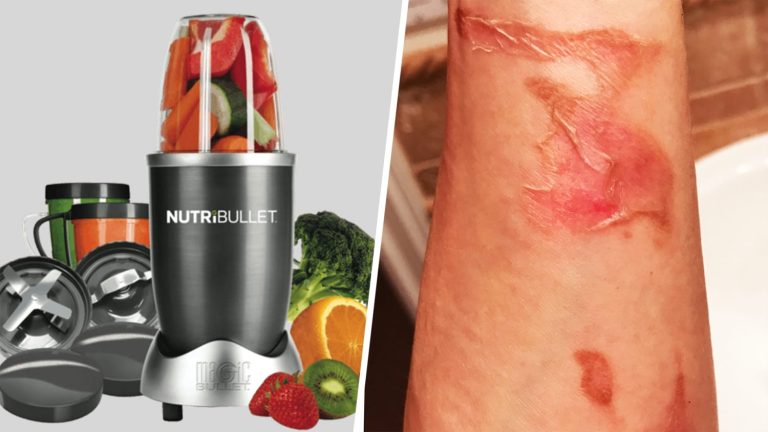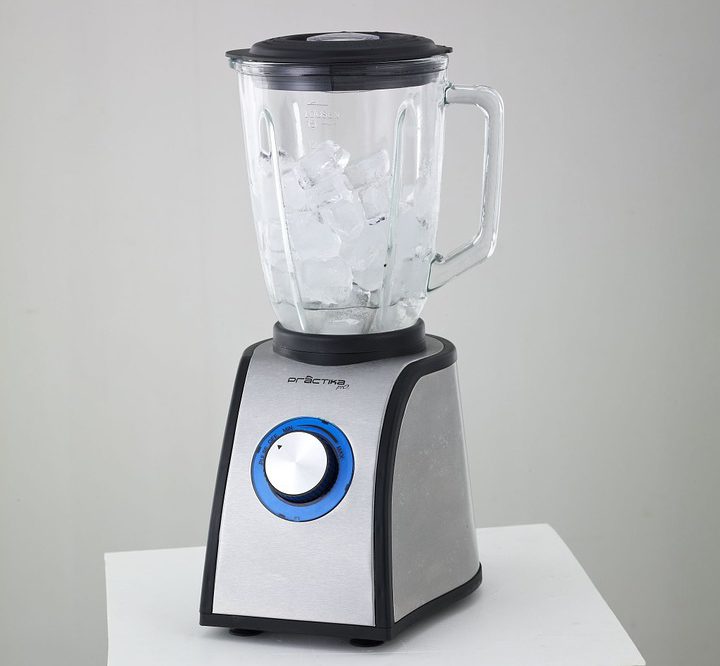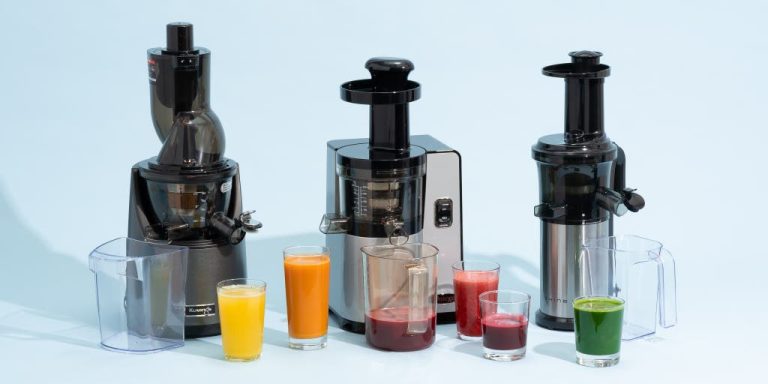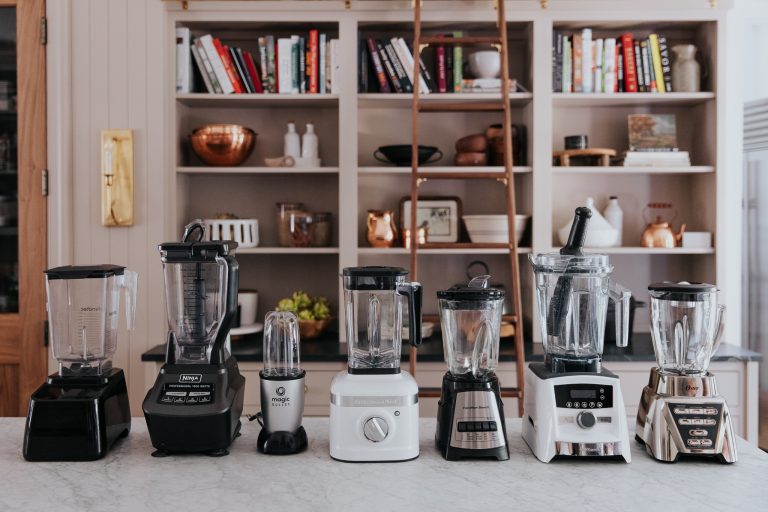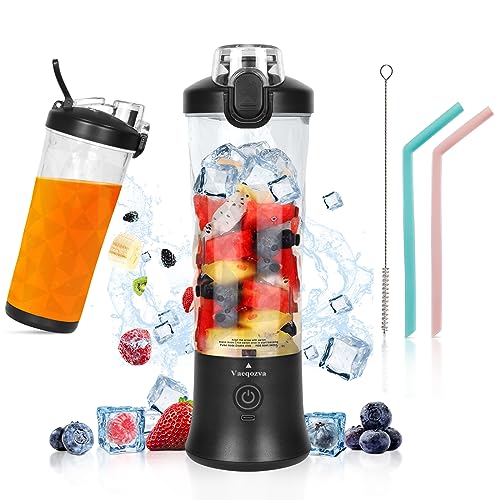Why Does My Blender Keep Breaking? Avoid These Mistakes!
Your blender could be breaking due to overuse, motor burnout, or improper assembly. Frequent mishandling or using it for inappropriate food items may also cause damage.
Blenders are an essential kitchen appliance for mixing, puréeing, or emulsifying food and other substances. They are designed to handle various tasks, but like any appliance, they have limitations. Consistently pushing your blender beyond its capacity can lead to wear and tear that impacts its longevity.
Users often overlook the importance of regular maintenance and the necessity of understanding their appliance’s capabilities. Proper use, aligned with the manufacturer’s guidelines, is key to preventing frequent breakdowns. Choosing a blender that matches your needs and handling it with care will save you from the frustration of repeated malfunctions.
Common Culprits Behind Blender Failures
Your kitchen’s best friend, the blender, sometimes faces tough challenges. It’s a common scene: a smoothie morning turns into a kitchen nightmare with a flickering power light or a smoking motor. Understanding why blenders break can save time, ingredients, and frustration. Let’s dive into the most typical reasons your blender keeps giving up on you.
Overloading With Ingredients
Overpacking the blender’s jug is a big no-no. It’s like expecting a small car to haul a truckload of goods. The motor strains, blades jam, and eventually, parts wear out. Follow these guidelines:
- Check the max fill line – Never go above this line.
- Chop ingredients – Sizeable chunks can clog the blades.
- Start with liquids – Adding liquids first aids in blending.
- Layer soft to hard ingredients – Eases the blending process.
Using Improper Settings
Wrong speed settings wreak havoc on your blender. Ice or nuts need a burst of high power. Delicate items like spinach work well on lower settings. Mistakes lead to blade damage or motor burnout. Use the correct setting:
| Ingredient | Recommended Setting |
|---|---|
| Ice, Frozen Fruits | High or Pulse |
| Leafy Greens | Low |
| Nuts, Seeds | High |
| Smoothies | Smoothie or Blend setting |
Remember, each blender offers unique features and settings. Consult the manual to make the most of your blender’s capabilities and avoid premature breakdowns.

Credit: foodal.com
The Impact Of Inadequate Cleanup
Imagine a busy kitchen where a blender pulses with life, mixing, grinding, and juicing. This dependable kitchen ally, understands demands. Yet, there’s a hidden nemesis lurking in the shadows: inadequate cleanup. Yes, the way you clean your blender can dramatically influence its longevity.
Ignoring Regular Maintenance
Regular maintenance is the blender’s best friend. Overlooking this can lead to all sorts of trouble. Food particles and residue can build up, placing extra strain on the motor. Gaskets and blades need attention too.
- Gasket checks: Ensure no cracks or wear.
- Blade inspections: Look for bluntness or damage.
- Movement tests: Confirm blades spin freely.
Simple steps after every use save you from a broken blender blues.
Consequences Of Irregular Cleaning
Think skipping a cleanup won’t hurt? Think again. Irregular cleaning invites trouble:
- Blender efficiency drops.
- Blades struggle, wear out faster.
- Foul odors emerge, unwelcome guests in any drink.
Consistent, proper cleanings mean a happier, longer-lasting blender. Residues can gum up the works, leading to overheating and eventual breakdown. It’s not just about immediate cleanliness; it’s about preserving your kitchen investment.
| Clean Part | Frequency | Benefit |
|---|---|---|
| Jar | After each use | Prevents residue build-up |
| Blades | Weekly | Maintains sharpness |
| Gasket/Seal | Monthly | Ensures no leakage |
Material Mishaps: Wrong Ingredients For Blenders
Blenders are great kitchen helpers. But sometimes, they break. It can be a puzzle. Often, it’s about what goes inside. Understanding the right ingredients is key. This helps avoid breaks and prolongs the blender’s life. Let’s dive into the ingredients that cause common mishaps.
Hard Foods And Ice Challenges
Blenders make smoothies and crushed ice treats. But, too hard or frozen solid items can harm the blades. Here’s what to remember:
- Cube Size Matters: Smaller ice chunks blend better.
- Thaw a Bit: Let frozen fruits sit for some minutes before blending.
- Power Up: Only add hard items if the blender has enough power.
Sticky Situations With Sugary Substances
Sugary items cause stickiness. Sticky residues are tough on blades and the motor. Follow these tips:
- Clean Promptly: Wash after using sugary substances.
- Use Liquids: Blend with enough liquid to prevent sugar build-up.
- Watch the Heat: Don’t blend hot syrups as they can warp plastic parts.
Credit: www.reddit.com
Blender Hardware And Life Expectancy
Do you ever wonder why blenders seem to give up so unexpectedly? A key factor is the blender hardware and life expectancy. Unpacking the reasons behind your blender’s short lifespan can be a real eye-opener. Let’s dive into what affects the durability and longevity of your kitchen buddy.
Cheap Models Vs. High-quality Blenders
The difference in lifespan between low-cost and premium blenders is stark. Here’s what sets them apart:
- Material Quality: High-end blenders often use more durable materials.
- Motor Strength: More expensive blenders tend to have powerful motors that last longer.
- Warranty: Premium models usually come with longer warranties, signaling better build quality.
| Feature | Cheap Blender | High-Quality Blender |
|---|---|---|
| Materials | Plastic, less durable | Metal, high-quality plastics |
| Motor | Weak, prone to overheating | Strong, built for longevity |
| Warranty | Short-term | Long-term, often several years |
Understanding Wear And Tear
Every blender experiences wear and tear over time, but knowing how to manage it is key:
- Maintain Regularly: Clean blades and check seals to prevent premature breakdowns.
- Use As Intended: Only blend foods that your model is designed to handle.
- Blade Sharpness: Dull blades strain the motor. Keep them sharp for better performance.
A blender’s lifespan changes with usage habits and care. Treat it well, and it will be a lasting kitchen ally.
Best Practices To Preserve Your Blender
Tired of your blender failing on you? Preserve its lifespan with smart handling and care. Your smoothies, soups, and sauces need a reliable tool. Below, uncover essential blender care tips. Make blending snags a thing of the past.
Proper Usage Techniques
Start slow, then ramp up speed. This eases your blender into its task. It prevents motor strain. Always begin with softer items or liquids. Gradually add harder components.
Avoid overfilling the blender jar. This can cause leaks and damage the motor. Stick to the marked fill line for safety and efficiency.
Use the pulse function for tough ingredients. Nuts or frozen foods need short bursts. This minimizes wear on the blades and motor.
Cut fruits and vegetables into smaller pieces before blending. This simple act protects blades. It ensures a smoother blend too.
Never use utensils inside a running blender. This can harm the blades or cause injury. Always stop the unit before using a spatula or spoon.
Routine Maintenance Tips
Clean after each use. Residue can cause damage over time. A quick rinse and a sponge can keep it in tip-top shape.
Check for loose screws. Tighten them regularly. Shake and vibration might loosen them. This keeps your blender stable and safe.
Store properly when not in use. A dry, cool place works best. Avoid areas where the blender can fall or get damaged.
Inspect the gasket and blades. They need replacement if worn out. Sharp blades and a secure seal matter for performance.
- Blade inspection: monthly
- Gasket check: every six months
- Performance test: quarterly
| Task | Frequency |
|---|---|
| Blade Inspection | Monthly |
| Gasket Check | Every Six Months |
| Performance Test | Quarterly |
Implement these practices and watch your blender’s life stretch longer. Happy blending!

Credit: foodal.com
Recognizing When To Seek Professional Help
Blenders are essential kitchen helpers, but they can also be sources of frustration. Knowing when to seek professional help for your blending woes is crucial to ensure you’re not blending your budget with repeated DIY fixes. Specialized insight or a replacement from an expert may be the best recipe to keep your smoothie game strong.
Repair Or Replace Decisions
Understanding the lifespan and performance of your blender is key to making smart choices. Ask these questions:
- Is my blender frequently malfunctioning?
- Does the cost of repairs approach the price of a new blender?
- Are replacement parts readily available and affordable?
- Is my blender under warranty?
If you nod yes often, it’s time to weigh repair against replacement.
Consulting With Appliance Experts
Don’t go at it alone. Seek advice from appliance specialists to save both time and money. They offer:
- Detailed diagnostic services to pinpoint the problem.
- Expert opinions on the cost-effectiveness of repairing your blender.
- Professional repair services that can extend the life of your appliance.
- Guidance on the latest models and features if a replacement is necessary.
Professionals can back their services with warranties for added peace of mind.
Frequently Asked Questions For Why Does My Blender Keep Breaking
Why Do Blenders Often Malfunction?
Frequent blender malfunctions can be a result of overloading, insufficient liquid for blade movement, or using it to process hard food items. Regular maintenance is key. Ensure the appliance is used within its intended limits to prevent frequent issues.
Can Overuse Cause My Blender To Break?
Yes, overuse can contribute to a blender’s breakdown. Blenders are designed for short bursts of activity. Continuous or prolonged usage can overheat the motor. Give your blender a break between uses to extend its lifespan.
What’s The Lifespan Of An Average Blender?
An average blender’s lifespan is typically 3-5 years, but this can vary with brand, quality, and usage frequency. Proper care and not pushing the blender beyond its capacity are crucial for longevity.
How Do I Maintain My Blender Properly?
To maintain your blender, regularly clean all parts after use, including the gasket and blades. Do not exceed the recommended blending times and ensure the assembly is correct. Store it in a dry place and service it when needed.
Conclusion
Understanding the reasons behind frequent blender failures can save time and money. Ensure you’re using it correctly, maintaining it well, and not overloading its capacity. For a lasting solution, consider investing in a higher-quality model designed for your blending needs.
Happy, hassle-free blending awaits with the right knowledge and equipment.


